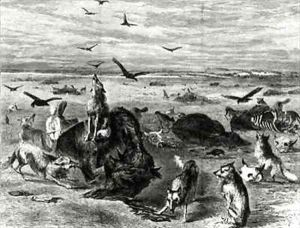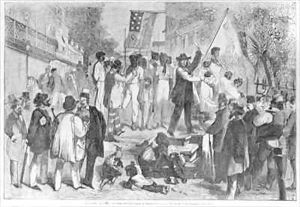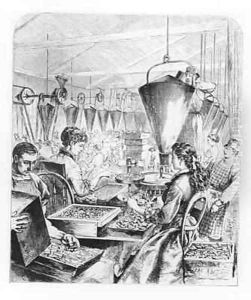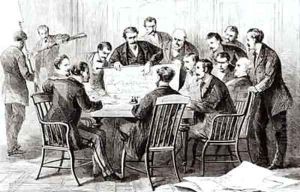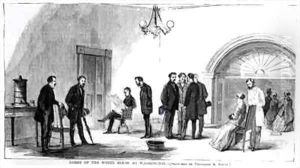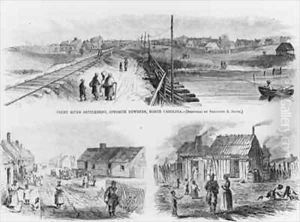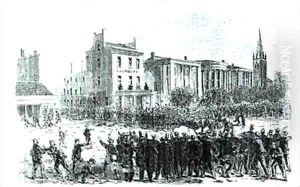Davis, Theodore Russell Paintings
Theodore Russell Davis was an American artist known for his work as a correspondent and illustrator during the American Civil War. Born in 1840, Davis developed an interest in art at a young age, which would later become a pivotal part of his career. Unlike many artists of his era who sought formal training in Europe or at prestigious American institutions, Davis's skills were largely self-taught, honed through practice and a keen eye for detail.
During the Civil War, Davis gained fame for his detailed and vivid illustrations that captured the brutal realities of war. He worked as a correspondent for Harper's Weekly, a leading periodical of the time, where his illustrations brought the conflict to the doorsteps of the American public. His work played a significant role in shaping the public's perception of the war, providing a visual account of the battles, landscapes, and everyday life of soldiers. Davis's ability to depict both the grandeur and the gore of war with equal proficiency made his work stand out.
After the war, Davis continued to work as an illustrator, capturing scenes of American life, the western frontier, and later, technological advancements of the era. His post-war illustrations often reflected a nation in transition, grappling with the aftermath of conflict and the pace of industrial progress.
Davis's contributions to American art and journalism were significant, bridging the gap between news reporting and artistic representation. His illustrations remain valuable historical documents, offering insight into the Civil War era and the evolving American landscape. Theodore Russell Davis passed away in 1894, leaving behind a legacy as one of the foremost illustrators of 19th-century America. His work continues to be celebrated for its historical value and artistic merit, providing a window into a pivotal period in American history.

